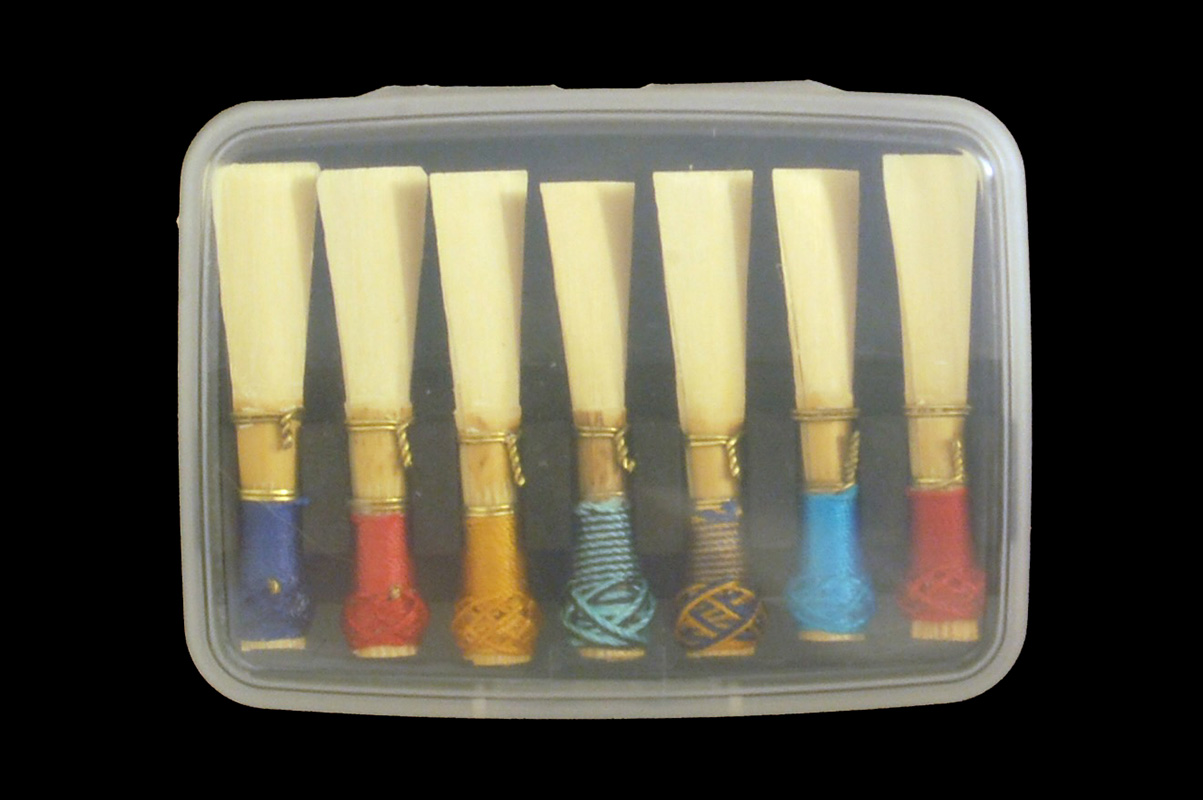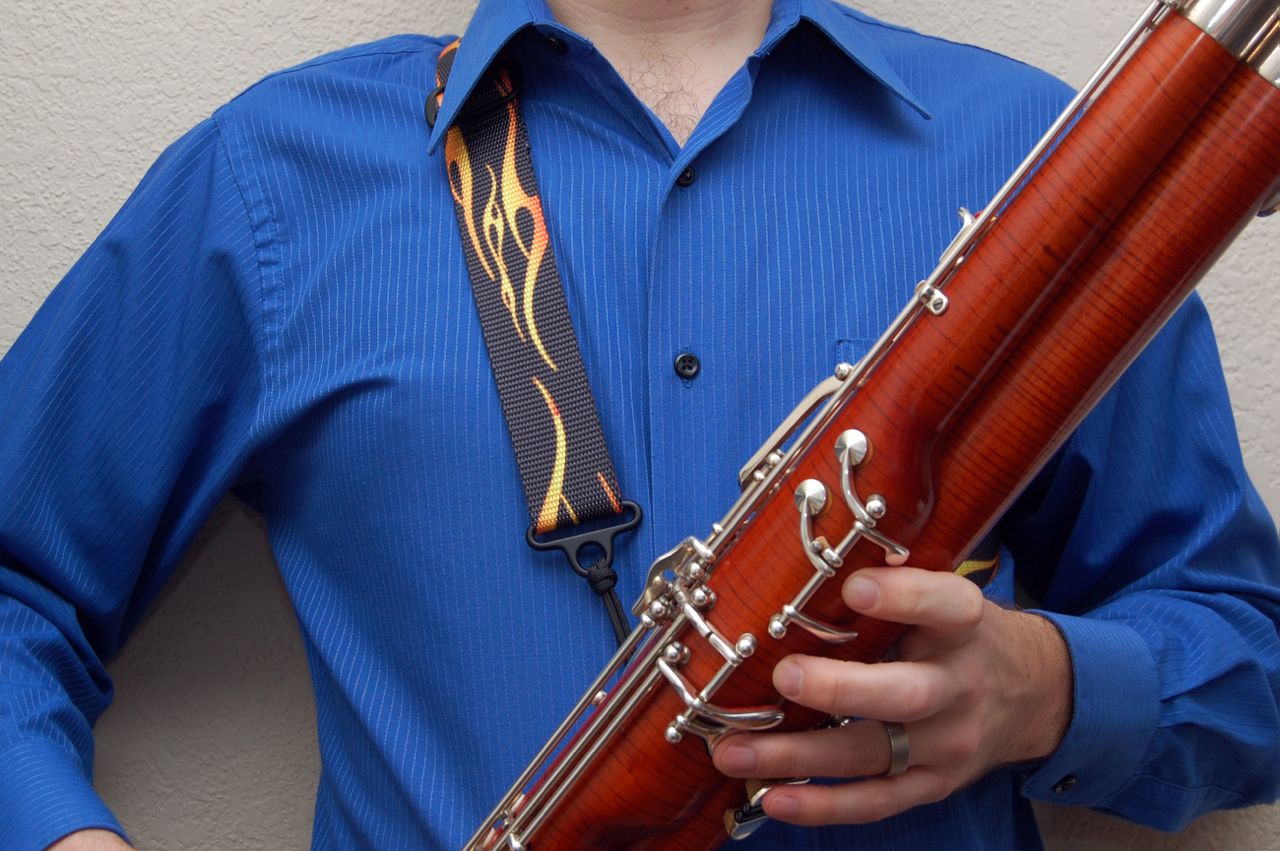Posts by Category:
Books/Movies
DIY
Editions
History
Jazz and Pop
Pedagogy
Recordings
Reed Making
Repertoire
Reviews
DIY
Editions
History
Jazz and Pop
Pedagogy
Recordings
Reed Making
Repertoire
Reviews
Note: the cost of materials was roughly $3 when I first published this in 2013. As of 2023, it’s more like $4. Still cheap! I have a number of nice reed cases: a leather-covered three-reed case that came with my bassoon, a nine-reed wooden case by Wiseman, and a couple of beautiful maple cases by Roger Garrett. But I always seem to need more little boxes for transporting reeds for students, stashing French or period bassoon reed, or just to hold overflow from my other cases. My go-to for this sort of thing is the tried-and-true Altoids tin. But Altoids tins […]
Whenever possible, I prefer standing up to play. I do this for solo works, small chamber pieces, and I’ve even helped convinced a woodwind quintet to stand to perform. Standing gives me more freedom of movement, which I feel allows for more musical freedom, as well. This freedom of movement also makes it easier to communicate with my fellow performers, whether through eye contact or physical gesture. Of course, he bassoon also tends to project better when played standing up, and a standing player is generally just more interesting for the audience to watch. To facilitate standing it’s important to find […]


